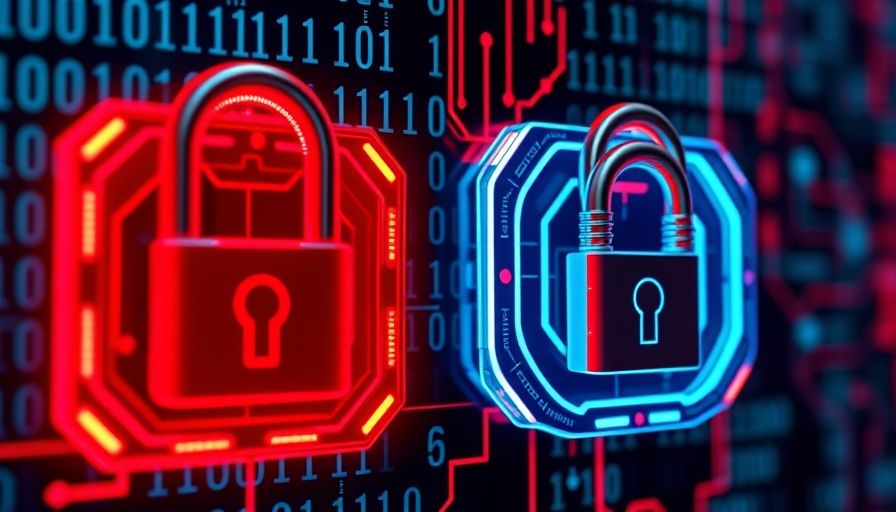
The Importance of Child Online Safety
In today’s digital age, it seems every child is connected to the internet from a remarkably young age. Studies show that children aged two to seventeen are spending around two hours a day on screens, playing games, watching videos, and interacting online. While some may find this amusing or harmless, parents must realize that this increased screen time comes with substantial risks. The disturbing reality is that many children are navigating the online world without proper supervision, leaving them vulnerable to a myriad of dangers.
Understanding Online Threats Faced by Children
Recent data reveals a shocking statistic: nearly 9% of children aged between 12 and 17 in Namibia reported experiencing online sexual exploitation or abuse. These alarming figures are part of a wider trend that includes grooming, sextortion, and exposure to non-consensual imagery. A UNICEF study found that about 68% of children unintentionally encounter sexual content online. This raises urgent questions about the safety measures parents and guardians have in place during their children’s internet usage.
The Role of Parents in Safeguarding Digital Spaces
Parents are often the first line of defense when it comes to online safety. Establishing open communication about the online world is essential. By fostering an environment where children feel safe discussing their experiences, parents can better monitor their children’s activities and protect them from potential threats. Setting clear rules surrounding screen time and encouraging the use of parental controls can create a safer digital environment.
Detecting and Preventing Cyberbullying
Monitoring online interactions is crucial in identifying potential bullying behavior. Cyberbullying can have devastating effects on a child’s mental health. The anonymity of the internet can embolden bullies, making it easier for them to target their victims. Parents must remain vigilant and proactive, recognizing signs of distress in their children and guiding them through these encounters.
Educational Tools that Foster Digital Awareness
Utilizing educational apps can bolster children’s understanding of online safety. Programs that teach kids about the importance of privacy, recognizing suspicious behavior, and the potential consequences of sharing personal information are invaluable. Parents should encourage their children to engage with such resources as part of their digital education.
Setting Screen Time Limits for Better Mental Health
While technology can enhance learning and communication, excessive screen time has been linked to increased anxiety and depression among children. The right balance is crucial. Parents should establish screen time limits to encourage face-to-face interactions and outdoor activities, promoting a healthy lifestyle. Device-free activities can foster stronger family connections and support children’s social skills.
Conclusion: Taking Action for a Safer Digital Future
As parents, predicting and mitigating online risks is an ongoing responsibility. By understanding the threats children face online and implementing practical strategies for protection, we can create a safer digital landscape for our kids. Open dialogue, monitoring online activities, and leveraging educational tools are all essential steps that can empower children, helping them navigate the complexities of the internet safely. It’s time to take charge of our children's online safety—don’t wait for the danger to become real. Start the conversation today!
 Add Row
Add Row  Add
Add 




 Add Row
Add Row  Add
Add 

Write A Comment